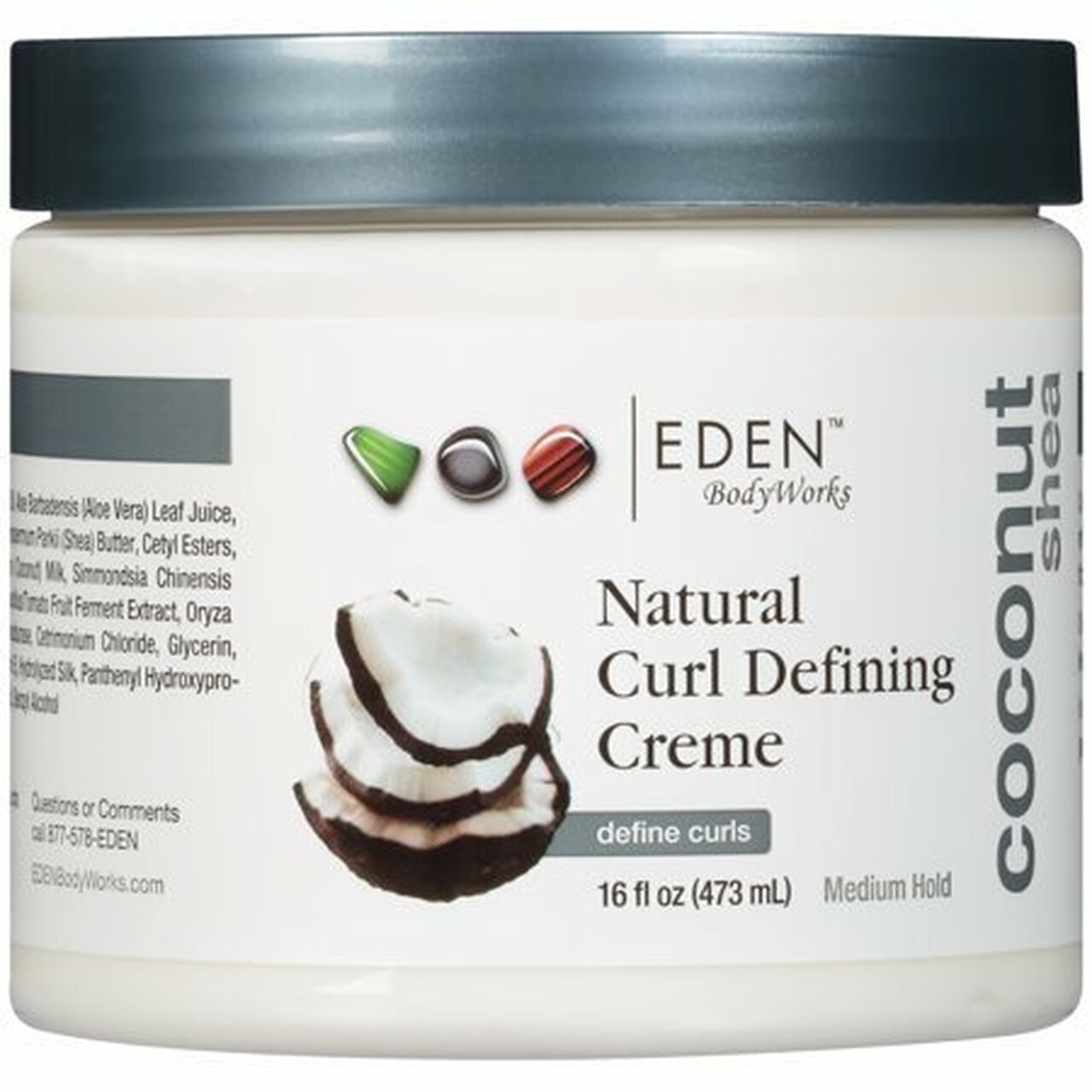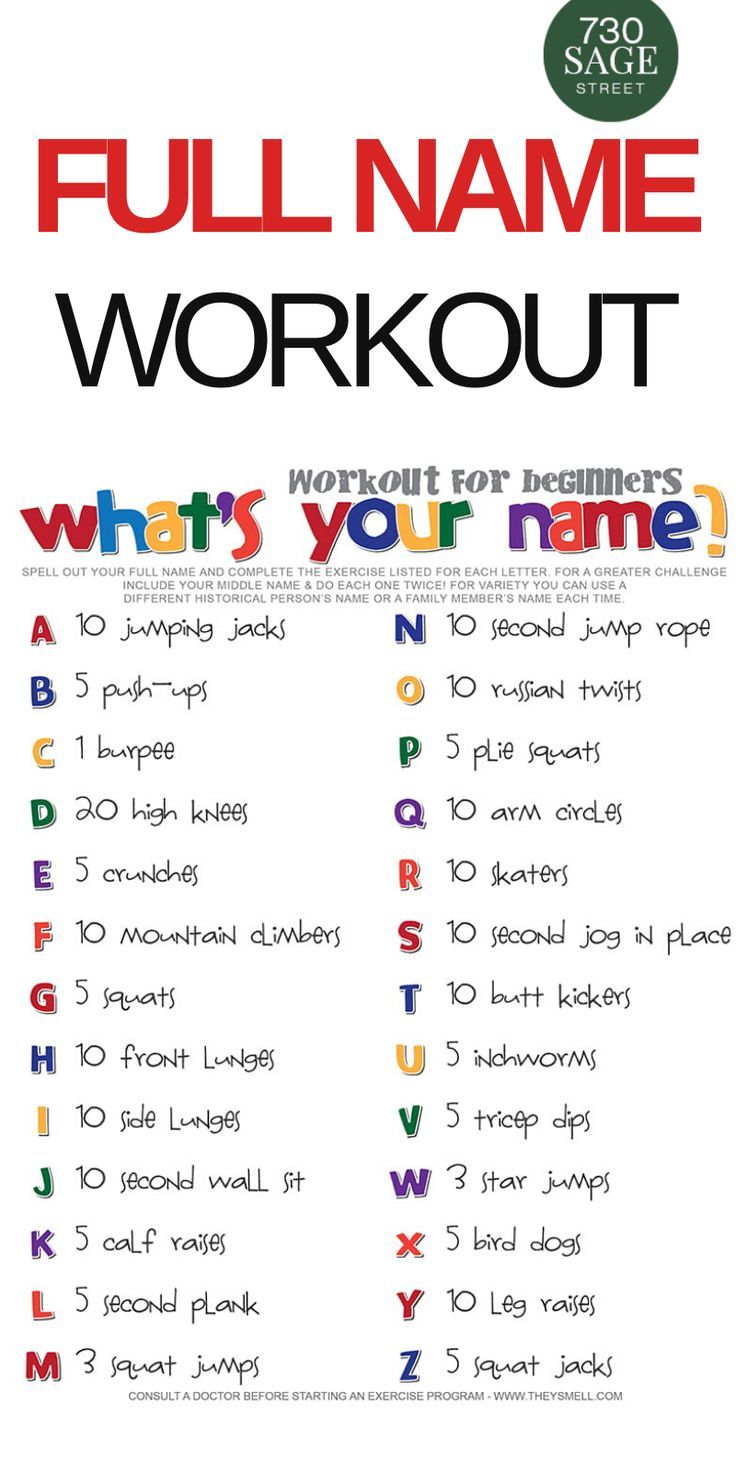
Planning healthy exercise while pregnant is a complicated task. There are many factors you need to take into consideration. Consider your pregnancy weight, which can cause you to lose some weight near your due date. This could make the weight increase harder on your body, so it is important to discuss which exercises are appropriate for you during this time. Your healthcare provider will help you choose the right exercise for your needs. It is up to you and the healthcare provider to decide whether you are going to run, or walk.
Traditional abdominal exercises should be avoided
You've probably heard that you should avoid traditional abdominal workouts while you're pregnant. While this may seem counterintuitive at first, it is true. Traditional abdominal exercises can actually be harmful to your baby's growth. You make the breakup between your abdominal muscles more severe and more difficult to repair. You don't have to stop exercising, just change your routine. Continue reading to learn more about the risks and benefits of traditional abdominal workouts while you're pregnant.
Moderate-intensity aerobic exercise
Even moderate-intensity aerobic activity while you are pregnant is safe. You can safely engage in moderate-intensity activity as long you listen to your body. Exercise during pregnancy can increase muscle tone and stamina and reduce leg pain. It can also improve circulation and alleviate constipation. It can also improve your posture and balance, lower your risk of preeclampsia and prepare your body to give birth.

Stretching
Regular stretches during pregnancy can reduce pain, improve flexibility, and increase your comfort and relaxation. It also helps to lengthen your muscles and relax the entire body. It can also be very beneficial for the developing fetus, as it increases the woman’s flexibility and comfort. Stretching daily will also help to restore organ tone. It will also prevent the possibility of pelvic organ prolapse. These are some of the best stretches for pregnant woman.
Yoga
Yoga is a great option if you want to maintain your shape and tone muscles during pregnancy. Pregnant mothers will love yoga's flexibility and its gentleness on their joints. Avoid hot yoga for pregnant women, as they can't heat up. To avoid straining your joints or overheating, you can mix light exercise into yoga routines. Talk with your instructor to discuss modifications if you feel any discomfort.
Pilates
Most Pilates moves are easy to do during pregnancy. Pilates exercises are slow, controlled movements that don’t place stress on the joints. While you should avoid supine positions and lying on your stomach you can still do planks or other exercises that require a strong and stable body. Keep in mind to work with your body's natural curves and reduce your intensity. Pilates has many other benefits than just physical.

FAQ
What food should I avoid if I want to lose weight
Trans fats should be avoided. Trans fats increase LDL (the harmful) cholesterol and lower HDL (the good).
Trans fats can be found in fast food, deep-fried foods, packaged baked goods, snack cake, and other processed foods.
These unhealthy fats are also known to cause inflammation and lead to heart disease as well as diabetes.
Artificial sweeteners are also to be avoided. Artificial sweeteners increase the risk of getting cancer.
These chemicals are used in everything from soft drinks to chewing gum to candy bars. They also appear in meat, poultry and eggs.
Artificial sweeteners are saccharin (cyclamate), sorbitol and aspartame.
The American Heart Association advises against using these chemicals, as they could damage DNA.
Is Cardio Better Than Strength Training?
Both are equally good. If you want to increase muscle mass faster, cardio is the better option.
Cardio burns far more calories per min than strength training. It also burns fat more efficiently.
Strength training builds muscle mass, but it takes longer to achieve this goal than cardio.
Can I go to the gym 7 days a week?
You can go to the gym seven times a week, but not at once. You have to find a time where you can do this without feeling too exhausted and drained.
This will help to keep you focused and give you energy for other things.
You must also ensure that you eat enough during these times. This will ensure you don't feel tired and sluggish when going to the gym.
And lastly, you need to ensure that there isn't anything else competing for your time. You might want to avoid working out on school nights if you have kids. They can distract you from your exercise routine.
What is a good schedule for a 7-day work out?
A seven-day program should include three days of cardio training (running, biking and swimming), two strength exercise (using free weights or weight machines) and one flexibility/core work out (yoga, Pilates). Each activity should be done at least once per week. Each session should not last more than 45 minutes.
Cardiovascular Exercise: Running/Biking/Swimming
It is important to complete at least 60 minutes of cardio per week. Aim for 75 minutes per week to get the best results. Cardio exercises can increase blood flow and stimulate the growth of muscles.
Strength Training
Cardio exercises target the heart, lungs and muscles. Strength training targets the muscles, tendons and bones. Strength training builds lean muscle mass, which helps burn calories even when resting.
Flexibility and core workouts
To strengthen your whole body, flexibility and core work outs are excellent ways to do so. Both yoga and Pilates can be great choices.
Statistics
- 10 pounds in a month is likely during a lean bulking phase, especially for beginners. (muscleandstrength.com)
- According to the American Academy of Dermatology (AAD), men over 50 are at a heightened risk of developing it. (healthline.com)
- Get free shipping and 25% off today. (healthline.com)
- The PRS enabled risk stratification for overall prostate cancer and lethal disease with a four-fold difference between men in the highest and lowest quartiles (HR, 4.32; 95% confidence interval [CI], 3.16-5.89). (pubmed.ncbi.nlm.nih.gov)
- By John Thompson Take a whopping 38% off a set of PowerBlock Pros. (menshealth.com)
External Links
How To
How do I lose weight while working out?
Exercise helps you lose calories by increasing your metabolism and oxygen intake.
Exercise at a moderate intensity to safely lose weight.
These tips can help you to burn fat while training:
-
Cardio exercises like walking, running (or jogging), swimming, cycling, running, and/or elliptical training are all good options.
-
Exercise for 30 minutes three times per week.
-
You can lose weight by adding strength training to the routine.
-
Avoid doing intense exercises. You can build muscle and not break down muscle tissue.
-
When exercising, make sure to drink lots of water. Water helps flush out toxins and keep your body properly hydrated.
-
After exercising, consume low-fat protein smoothies. Protein shakes boost energy and repair muscle tissue.
-
Smaller meals are better for you.
-
Don't skip breakfast! Skipping breakfast can cause you to feel tired and sluggish.
-
Take care of yourself mentally. Stressful situations can slow your metabolism.
-
Keep a positive attitude. Studies show that people who believe they're overweight gain more weight than those who think they look pleasing.
-
Sleep enough. Insufficient sleep can make it more difficult to lose weight.
-
Be active. Be sure to get up and move around every hour or two.
-
Maintain a healthy diet. Eat right to feel satisfied and full for longer.
-
Find relaxation methods. Tenseness can cause stress hormones to break down muscle tissue.
A balanced diet provides all the nutrients necessary for growth and development.
Six small meals per day is better than three large meals. This gives your body more time to digest the food you eat.
Calcium is required to support strong bones. Calcium can be found as a dairy product such as milk, yogurt and fortified soy drinks, orange juices, cereals, breads, and cereals.
Calcium comes from leafy green vegetables, beans, tofu, nuts, seeds, and cheese.
Your body needs vitamin D to absorb calcium. Vitamin D is found in certain fortified foods, such as egg yolk and fatty fish.
Vitamin E is essential for skin health. Vitamin E can also be found in vegetable oil, wheat germ oils, peanuts as well almonds, sunflower seeds and corn.
Your body requires zinc for normal immune function and wound healing. Zinc is found in seafood, oysters legumes meats, whole grains, whole grains and meats.
Zinc deficiencies can lead to fatigue, decreased appetite, depression, and reduced immunity.
Sugar intake can lead to insulin resistance which causes blood glucose levels to rise. Insulin resistance causes weight gain.
Insulin resistance develops when there are high levels of free radicals in the bloodstream. Free radicals refer to molecules that contain unpaired electrons. They can damage cell membranes and other body parts.
The main sources of free radicals are food additives.
Free radical damage can cause cancer, heart disease and diabetes, as well as arthritis, asthma, and other diseases.
Antioxidants are essential for preventing free radical damage. Antioxidants protect against oxidative damage.
Vitamin C (found on citrus fruits), Beta carotene, found in carrots and sweet potatoes, spinach and broccoli, cantaloupe (found in tomatoes, mangoes and peppers), and Vitamin E (found nuts, olive oil and avocados).
Selenium, copper as well as manganese and zinc are some other antioxidant nutrients.
Selenium protects cells from free radical damage. Selenium may be found in Brazil nuts as well tuna, liver and kidneys. It can also be found on shrimp, cod, turkey, beef lamb, pork, chicken, and other foods.
Copper protects your eyes, brain, eyes and red blood cell. Copper is also found in poultry, meat, and organs.
Manganese, an essential component of bone strength, is crucial. Manganese can also be found in oatmeal, brown rice, spinach and bananas.
Zinc is required for normal growth, reproduction and wound healing. Zn is found in lean cuts of meat, white fish, poultry, and eggs.